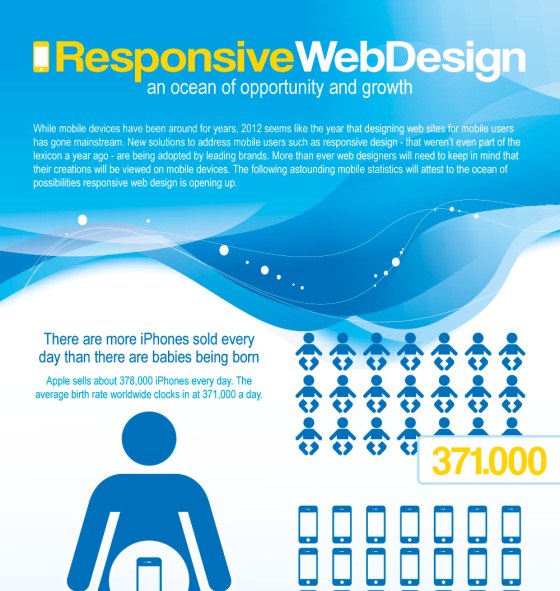Critical Internet Site Design Insights: Suggestions For Building An User-Friendly User Interface
Critical Internet Site Design Insights: Suggestions For Building An User-Friendly User Interface
Blog Article
Article By-Wiley Ehlers
When it comes to web site design, ensuring user-friendliness is key. From receptive design to structured navigation, every component plays a vital role in developing a site that deals with your audience's requirements. Yet what regarding the finer information that can make or break an individual's surfing experience? Keep tuned as we discover some often-overlooked tips that can boost your internet site's functionality to the following level, making it absolutely stick out in the digital landscape.
Relevance of Responsive Style
Responsive design is an essential element of contemporary site growth. Guaranteeing your website is receptive methods that it can adapt to various display dimensions and gadgets, supplying a smooth experience for users.
With the raising use mobile phones and tablet computers to access the internet, having a receptive layout is necessary for reaching a broader audience. It assists in improving user experience by making your website very easy to browse and keep reading any gadget.
In addition, receptive style can favorably influence your internet search engine positions, as search engines like Google focus on mobile-friendly sites. By having great post to read , you're likewise future-proofing your site, as new devices with differing screen sizes remain to emerge.
Simplify Navigating Framework
To enhance customer experience and facilitate simple access to information on your website, simplifying the navigating framework is paramount. When creating your website, focus on developing a clear and user-friendly navigating menu that assists visitors find what they're looking for quickly.
Limit the number of menu items to the essentials, grouping relevant web pages with each other to prevent frustrating customers. Usage descriptive tags that plainly show the web content of each web page, making it much easier for users to understand where each link will certainly take them.
Take into consideration implementing dropdown menus for subcategories to prevent littering the major navigation bar. Furthermore, include search engine ranking optimization on the page for users who like looking for particular information.
Prioritize mobile responsiveness in your navigating layout to make sure very easy accessibility on all devices.
Maximize Page Tons Speed
Improving page lots speed is essential for retaining site visitors on your web site. Slow-loading web pages discourage customers and can cause high bounce rates. To maximize web page load speed, begin by optimizing images. Compress pictures without compromising high quality to lower their data sizes.
Furthermore, enable browser caching to keep frequently accessed sources locally, accelerating lots times for returning site visitors. Minify CSS, JavaScript, and HTML documents by removing unnecessary characters, comments, and formatting, enhancing tons speed.
Think about using a content shipment network (CDN) to distribute your web site's web content throughout several servers worldwide, reducing latency for customers accessing your site from various locations. Last but not least, restrict making use of third-party scripts and plugins, as they can significantly affect load times.
Verdict
In conclusion, by incorporating responsive design, simplifying navigating, and enhancing web page load speed, you can create an easy to use site that attract a bigger audience and improves customer experience. These essential elements make certain that visitors can quickly gain access to and browse your website throughout various gadgets, causing raised interaction and fulfillment. By concentrating on these crucial facets, you can build an effective web site that maintains customers coming back for more.
